EEM-241 İleri Düzey Programlama
2024-2025 Güz Dönemi
Ders 11 - Matplotlib
- http://www.matplotlib.org
from matplotlib import pyplot as plt
x=list(range(1,11))
y=[i**2 for i in x]
print(y)
plt.plot(x,y)
plt.show()
[1, 2, 3, 4, 5, 6, 7, 8, 9, 10]
[1, 4, 9, 16, 25, 36, 49, 64, 81, 100]
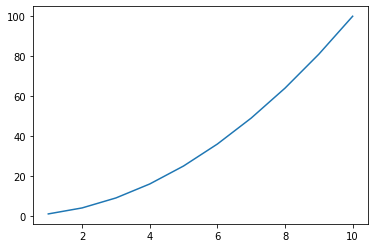 grafik
grafik
x=list(range(0,101))
x1=[i/10 for i in x]
y=[i**2 for i in x1]
plt.plot(x1,y)
plt.show()
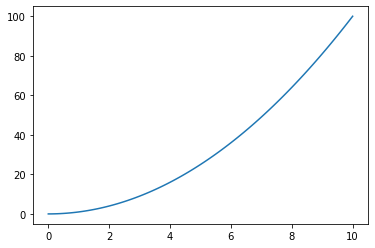 grafik
grafik
x=list(range(-100,101))
x1=[]
for i in x:
x1.append(i/10)
y=[]
for i in x1:
y.append(i**2)
plt.plot(x1,y)
plt.show()
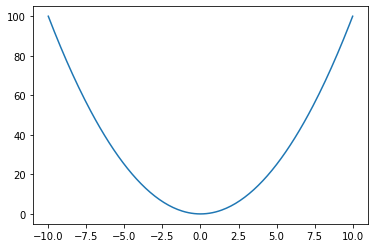 grafik
grafik
import math
ust_sinir=int(10*(3*math.pi))
x=list(range(0,ust_sinir+1))
x1=[i/10 for i in x]
sin=[math.sin(i) for i in x1]
cos=[math.cos(i) for i in x1]
plt.title("Sinüs ve Cosinüs Fonksiyonları")
plt.xlabel("x degerleri")
plt.ylabel("y degerleri")
#plt.plot(x1, sin, color="red")
#plt.plot(x1, cos, color="blue")
plt.plot(x1,sin, x1,cos)
plt.show()
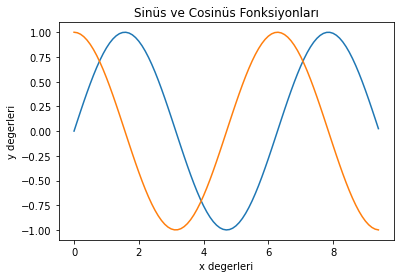 grafik
grafik
import math
x=[]
y1=[]
y2=[]
for i in range(100):
x.append(i/(4*math.pi))
y1.append(math.sin(i/(4*math.pi)))
y2.append(math.sin(i/(4*math.pi)+(math.pi/3)))
plt.plot(x,y1,color="r")
plt.plot(x,y2,color="m")
plt.show()
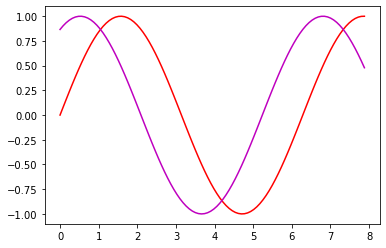 grafik
grafik
import math
t=range(100)
x=[(2*math.pi*i)/len(t) for i in t]
y=[math.sin(val) for val in x]
plt.plot(x,y)
plt.show()
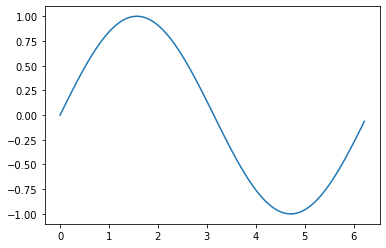 grafik
grafik
import math
x=[i/100 for i in range(1000)]
y1=[math.sin(i) for i in x]
y2=[math.sin(i+math.pi/3) for i in x]
plt.title("Sinüs Fonksiyonu")
plt.xlabel("x")
plt.ylabel("Sin(x)")
plt.plot(x,y1,x,y2)
plt.show()
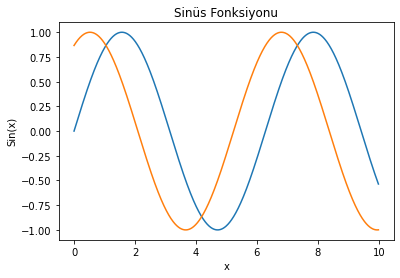 grafik
grafik
plt.plot([1,2,3,4],[1,4,9,16],"ob")
plt.show()
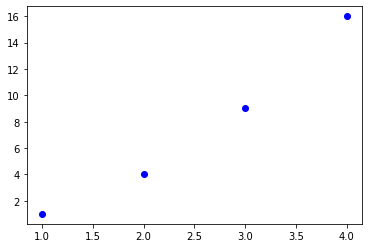 grafik
grafik
plt.plot([1,2,3,4],[1,4,9,16], "ro")
plt.show()
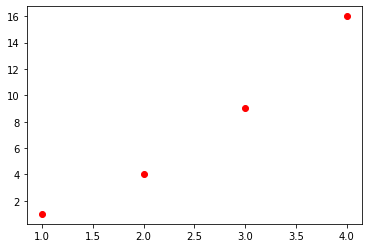 grafik
grafik
x=[0,5,0,20]
print(type(x))
plt.axis(x)
plt.title("Kareler", fontsize=16, fontname="Times New Roman", color="Blue")
plt.xlabel("sayılar")
plt.ylabel("kareleri")
plt.text(0.99,10,". (1,10) noktası")
plt.plot([1,2,3,4],[1,4,9,16], "ro")
plt.grid(linestyle='dotted')
#plt.grid(True)
plt.show()
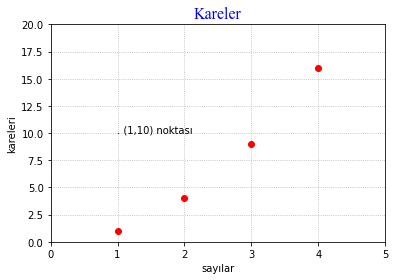 grafik
grafik
import math
import numpy as np
t=np.arange(0,2.5,0.1)
print(t)
y1=np.sin(math.pi*t)
y2=np.sin(math.pi*t + math.pi/2)
y3=np.sin(math.pi*t - math.pi/2)
plt.plot(t,y1,t,y2,t,y3)
plt.show()
plt.plot(t,y1,"r",t,y2,"g",t,y3,"b")
plt.show()
plt.plot(t,y1,"b")
plt.plot(t,y2,"g")
plt.plot(t,y3,"r")
lbl=["a","b","c"]
plt.legend(lbl)
plt.show()
[0. 0.1 0.2 0.3 0.4 0.5 0.6 0.7 0.8 0.9 1. 1.1 1.2 1.3 1.4 1.5 1.6 1.7
1.8 1.9 2. 2.1 2.2 2.3 2.4]
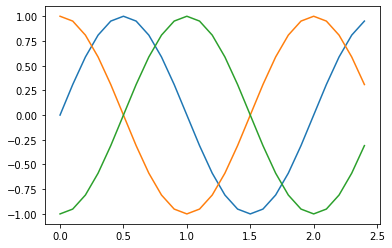 grafik
grafik
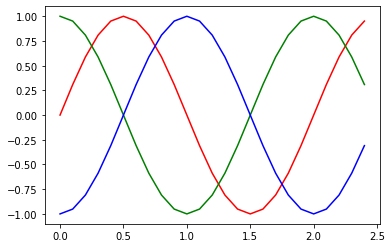 grafik
grafik
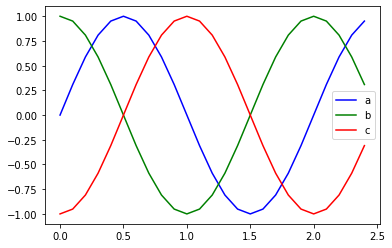 grafik
grafik
plt.plot(t,y1,"b*",t,y2,"g^",t,y3,"rs")
plt.show()
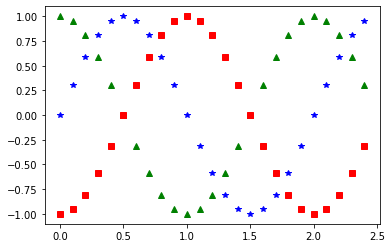 grafik
grafik
plt.plot(t,y1,"b--",t,y2,"g",t,y3,"y-.")
plt.show()
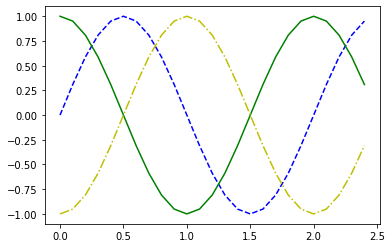 grafik
grafik
import numpy as np
x = np.linspace(0, 5, 11)
y = x ** 2
import numpy as np
import matplotlib.pyplot as plt
## plt.subplot fonksiyonuna 3 haneli bir sayı input olarak girilir.
## birinci rakam dikey olarak kaç parçaya bölüneceğini belirtir.
## ikinci rakam yatay olarak kaç parçaya bölüneceğini belirtir.
## üçüncü rakam ise hangi alt çizim üzerinde çalışılıyor olduğunu belirtir.
plt.subplot(321)
plt.plot(t,y1,"b-.")
plt.subplot(322)
plt.plot(t,y1,"r--")
plt.subplot(323)
plt.plot(t,y1,"m-")
plt.subplot(324)
plt.plot(t,y1,"b-.")
plt.subplot(325)
plt.plot(t,y1,"r--")
plt.subplot(326)
plt.plot(t,y1,"m-")
plt.plot()
plt.show()
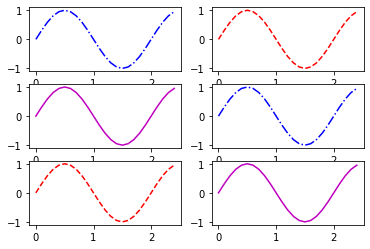 grafik
grafik
import random
x=[]
for i in range(100):
x.append(random.randint(1,100))
y=[]
for i in range(100):
y.append(random.randint(1,100))
plt.plot(x,y,"ro")
plt.show()
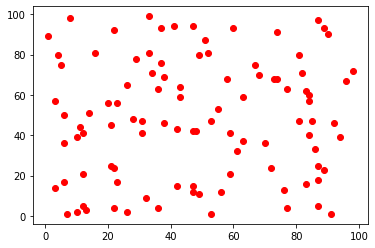 grafik
grafik
d=[5,25,50,20]
plt.bar(range(1,len(d)+1),d,color="r")
plt.show()
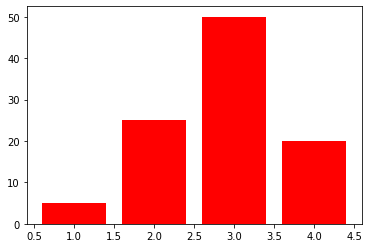 grafik
grafik
d=[5,25,50,20]
plt.bar(range(len(d)),d,color="g", width=0.5)
plt.show()
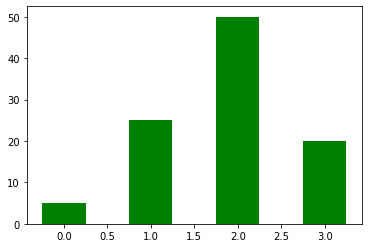 grafik
grafik
y1=range(1,30,5)
y2=[i+2 for i in y1]
y3=[i+3 for i in y1]
print(list(y1))
print(y2)
print(y3)
x1=[3,6,9,12,15,18]
x2=[i+0.25 for i in x1 ]
x3=[i-0.25 for i in x1 ]
plt.bar(x1,y1, color="b", width=0.25)
plt.bar(x2,y2,color="g", width=0.25)
plt.bar(x3,y3,color="r", width=0.25)
plt.show()
[1, 6, 11, 16, 21, 26]
[3, 8, 13, 18, 23, 28]
[4, 9, 14, 19, 24, 29]
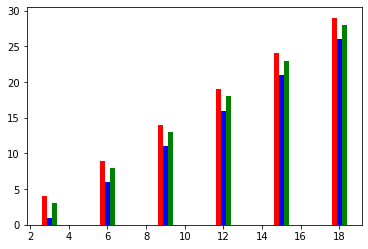 grafik
grafik



















